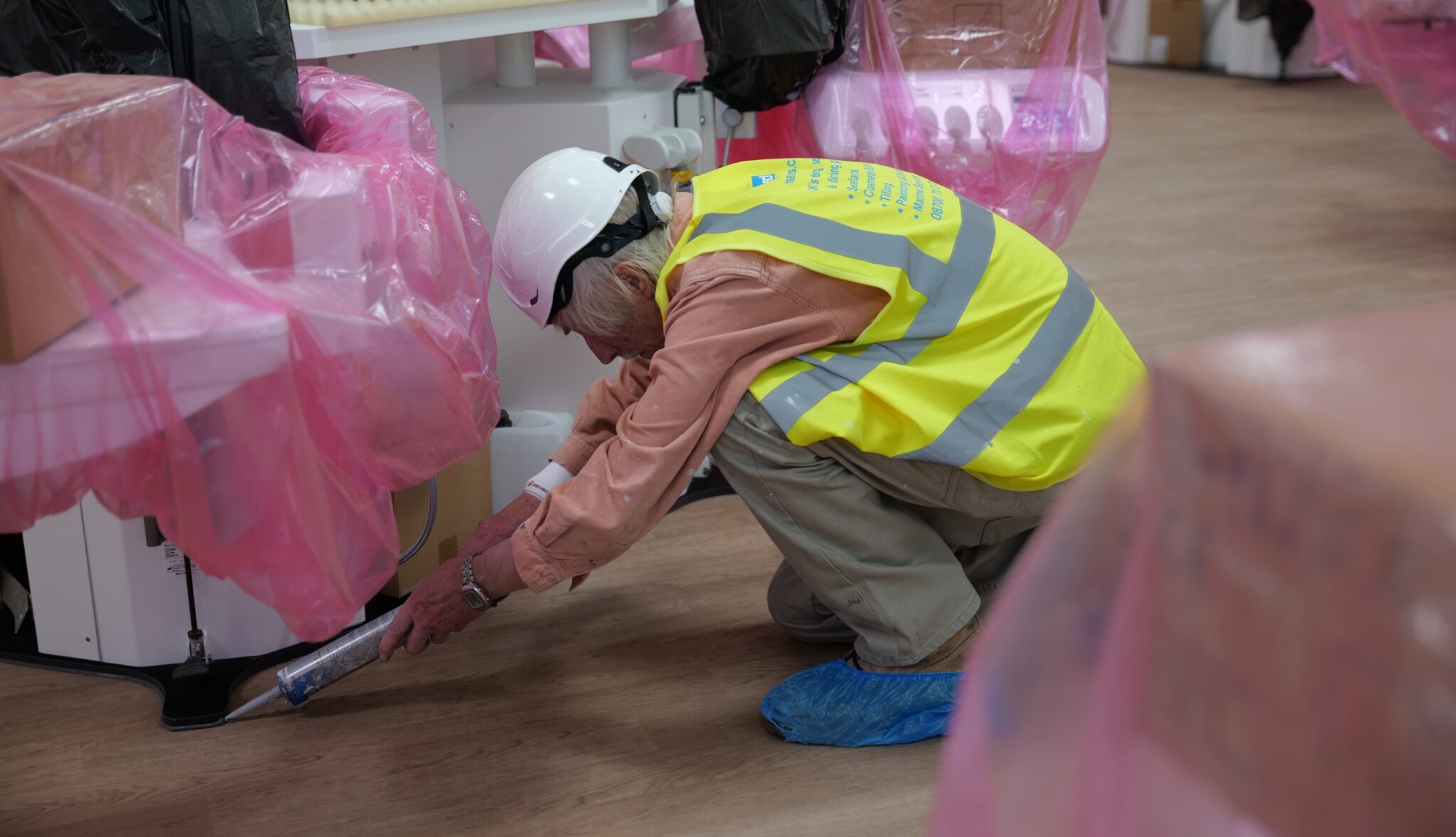Transforming Retail Spaces: An Craft of Shop Refurbishment
In today's fast-paced retail environment, the aesthetic and practical appeal of your shop plays a key role in drawing in and retaining customers. As consumer preferences change and competition grows, store refurbishment has become as a critical strategy for businesses looking to breathe new life into their storefronts. Whether you're a well-established brand or a new entrepreneur, understanding what retail refurbishment is and why it matters to your store is essential for remaining relevant in the industry.
Retail refurbishment is more than about transforming your space look new; it's about renewing your brand and improving the customer experience. A well-executed refurbishment can result in higher foot traffic, improved sales, and a deeper connection with your target audience. By focusing on design and aesthetic enhancements, intelligent layout changes, and sustainable practices, you can create an inviting atmosphere that appeals with your customers and aligns with your business objectives. This article explores the multifaceted world of retail refurbishment, providing insights on its benefits, key strategies, and the steps required to successfully transform your retail space.

Comprehending Retail Renovation
Commercial renovation is the procedure of updating a commercial environment to enhance its allure, functionality, and client engagement. This transformation can vary from minor updates, such as new paint and displays, to major renovations that modify the store's configuration and appearance. find this of retail refurbishment is to create a shopping environment that connects with consumers, matches with present trends, and improves the overall brand image.
A key reason for conducting a retail refurbishment is to revitalize a brand and boost sales. As consumer preferences evolve, stores must adjust to satisfy the demands of their desired clientele. Renovation allows stores to renew their selection, incorporate new innovations, and create eye-catching areas that captivate and hold customers. When executed well, a refurbished store can greatly enhance shoppers and promote consumer behavior.
Moreover, an effective commercial renovation goes beyond aesthetics; it is a strategic allocation in the business's prospect. Carefully crafted refurbishments take into account functional improvements such as optimizing the configuration for superior flow and engagement. By thoughtfully considering design elements, stores can ensure that their refurbished environment not only is visually pleasing but also improves the overall customer experience for shoppers, ultimately showcasing the store's principles and brand identity.
Perks of a Retail Makeover
A store renovation is an expenditure that provides substantial benefits for your business. To start, redesigning your store can enhance its aesthetic, attracting more foot traffic and converting visitors into customers. A new look signifies to customers that your brand is cutting-edge and current, which can boost their interest and interaction with your products. This makeover not only decorates the space but also creates an inviting atmosphere that encourages shoppers to spend more time in your store.
In addition to drawing in more customers, a retail makeover can also improve the effectiveness of your space. By reassessing your store's layout and configuration, you can create a more streamlined flow that guides customers seamlessly through the shopping experience. This careful arrangement makes it easier for customers to discover what they need, which leading to higher sales. Beyond layout adjustments, incorporating thoughtful design choices such as deliberate lighting and renovated fixtures can highlight key products and promotions, further enhancing the shopping experience.
Ultimately, a successful retail renovation can significantly bolster your brand identity. By coordinating your store's aesthetics with your brand principles and mission, you create a cohesive experience that resonates with your target audience. Customers are more likely to return to a store that reflects their tastes and values, encouraging brand loyalty. A well-executed makeover not only revives the immediate environment but also reinforces customer relationships, boosting repeat business and solidifying a stronger market presence.
Planning Your Retail Refurbishment
Strategic planning is essential for a successful store refurbishment. Start by evaluating your current store layout and recognizing areas that call for improvement. Consider client flow, product placement, and any design features that may feel outdated. Gathering feedback from workers and shoppers can yield valuable feedback into what changes would improve their satisfaction. https://mustard-romaine-nrllq3.mystrikingly.com/blog/failed-retail-locations-what-renovation-may-repair defined objectives for the refurbishment; regardless it's building a more inviting atmosphere or adding modern technology, having defined goals will guide your actions.
Next, create a comprehensive timeline and budget for the refurbishment project. Explore the financial requirements associated with design changes, materials, labor, and any potential disruptions during the renovation time. Focus on must-have improvements versus nice-to-have features to ensure you stay within budget without losing necessary upgrades. A carefully planned timeline will help you and your team stay on track, minimizing delays and unexpected expenses.
Finally, consider the effect of your refurbishment on customer satisfaction and branding. The design choices you make should resonate with your desired audience and represent your brand values. Use this moment to innovate and integrate sustainable practices, which are increasingly important to consumers. Inform your plans to employees and shoppers, building excitement and anticipation around the refurbishment. This forward-thinking approach will not just ease the procedure but also improve client engagement during and after the project is finished.